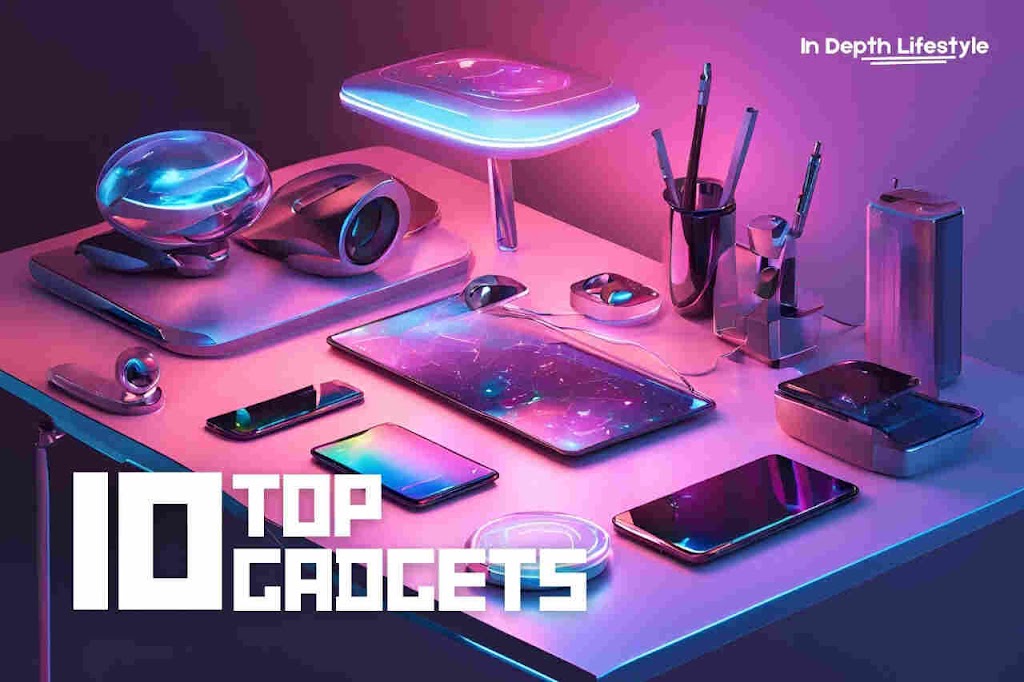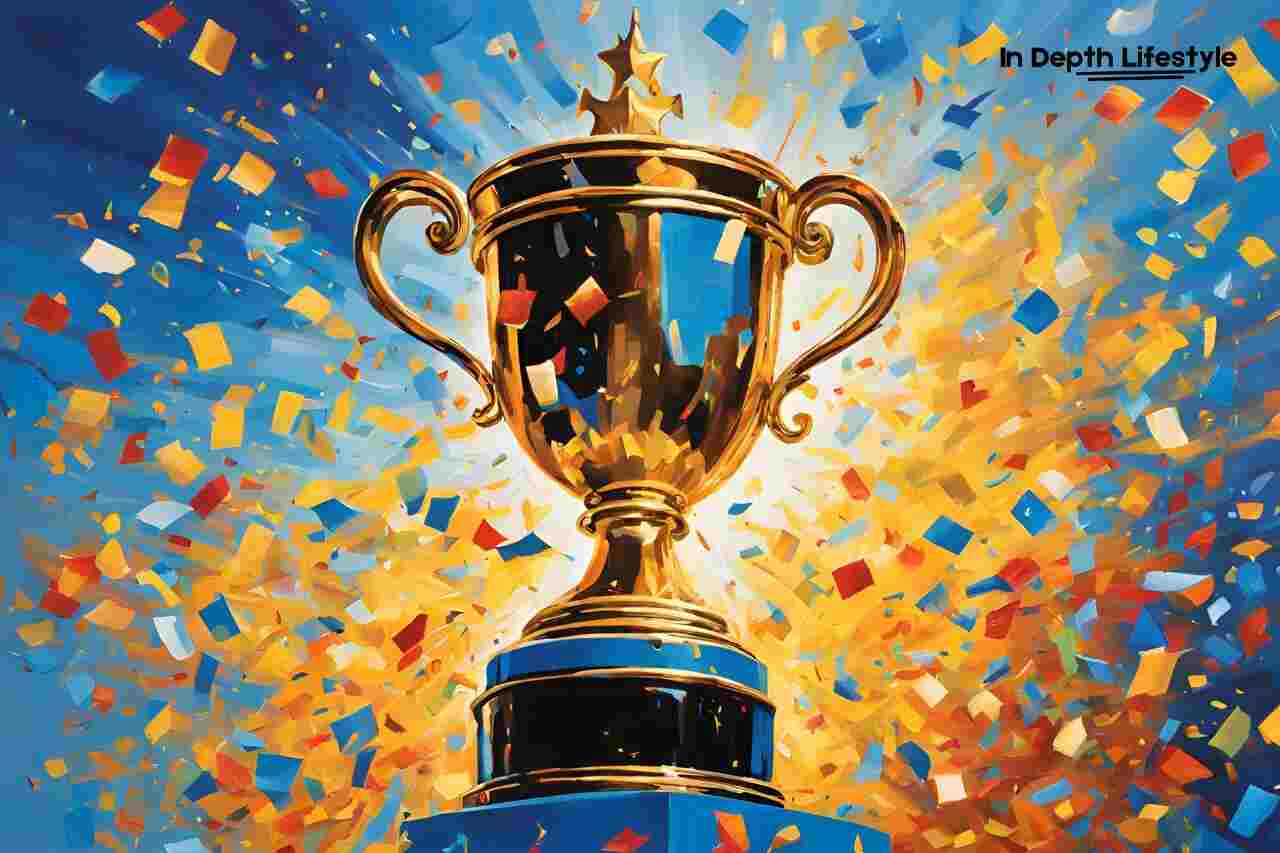Hello Muchkins!
We’re living in a world where technology is woven into every aspect of our lives. From the moment we wake up to the moment we go to bed, we’re constantly connected to our devices. But have you ever stopped to think about the impact that technology is having on your life?
The Digital Dilemma: How Technology Shapes Our Daily Lives?
On the one hand, technology has opened up a world of possibilities. We can connect with people from all over the globe, access a vast array of information, and automate many of the tasks that used to take up so much of our time.
On the other hand, technology can be a significant source of stress, anxiety, and distraction. We can get sucked into the vortex of social media, comparing our lives to the curated highlight reels of others. We can feel pressure to be constantly available, responding to emails and messages at all hours of the day and night.
So how can we balance the benefits of technology with the need to protect our mental and physical health?
Signs You Need a Digital Detox: Recognizing the Red Flags
If you’re feeling overwhelmed, anxious, or stuck in a cycle of distraction, it may be time to take a step back and assess your technology use. Here are some signs that you might need a digital detox:
- You’re spending more than 4-6 hours per day on screens
- You’re feeling anxious or uneasy when you’re not connected to your devices
- You’re having trouble sleeping or experiencing fatigue
- You’re feeling disconnected from friends and family
Unplug to Recharge: Simple Steps for a Successful Digital Detox
If you’ve recognized the signs that you need a digital detox, here are some simple steps you can take to unplug and recharge:
- Set a specific goal for your digital detox whether it’s a day, a weekend, or a week
- Plan ahead and make arrangements for work, family, and other responsibilities
- Find alternative activities to fill your time such as reading, exercise, or spending time in nature
- Be kind to yourself and don’t be too hard on yourself if you slip up
Mastering Screen Time: Creating Healthy Digital Boundaries
Once you’ve completed your digital detox, it’s time to think about how you can create healthy digital boundaries in your daily life. Here are some tips:
- Set specific times for checking email and social media
- Use apps or tools to track and limit your screen time
- Create device-free zones in your home such as the bedroom or dining table
- Prioritize face-to-face interactions and schedule time with friends and family
Tech with Purpose: Choosing Apps and Tools That Add Value
Not all technology is created equal. Some apps and tools can be a significant source of distraction and stress, while others can be incredibly empowering and helpful. Here are some tips for choosing apps and tools that add value to your life:
- Identify your goals and priorities
- Research and explore different options
- Read reviews and ask for recommendations
- Be intentional about how you use each app or tool
The Art of Digital Minimalism: Focusing on What Truly Matters
Digital minimalism is the practice of using fewer, more meaningful digital tools to simplify your life and focus on what truly matters. Here are some tips for embracing digital minimalism:
- Identify the apps and tools that are most essential to your life and work
- Eliminate or limit your use of non-essential apps and tools
- Use technology to automate repetitive tasks and simplify your workflow
- Prioritize face-to-face interactions and schedule time with friends and family
From Distraction to Focus: How to Beat Digital Overload
In today’s digital world, it’s easy to get distracted and lose focus. Here are some strategies for beating digital overload and staying focused:
- Use the Pomodoro Technique to work in focused 25-minute increments
- Eliminate or limit notifications and distractions
- Use music or ambient noise to create a productive environment
- Take regular breaks to stretch, move, and rest your eyes
Tech for Good: Leveraging Digital Tools for Personal Growth
Technology can be a powerful tool for personal growth and development. Here are some ways you can use technology to support your learning, creativity, and self-improvement:
- Use online courses or tutorials to learn new skills
- Utilize productivity apps and tools to stay organized and focused
- Join online communities or forums to connect with like-minded individuals
- Use digital journaling or reflection tools to process your thoughts and emotions
Creating a Digital-Life Balance: When to Log On and When to Log Off
Creating a digital-life balance is all about finding harmony between your online and offline life. Here are some tips for knowing when to log on and when to log off:
- Set specific times for checking email and social media
- Use technology to automate repetitive tasks and simplify your workflow
- Prioritize face-to-face interactions and schedule time with friends and family
- Take regular breaks to stretch, move, and rest your eyes
A Future of Intentional Tech Use: Designing a Lifestyle That Works for You
As we move forward into 2025, it’s time to think about how we want to use technology in our lives. Here are some tips for designing a lifestyle that works for you:
- Identify your goals and priorities
- Research and explore different options
- Read reviews and ask for recommendations
- Be intentional about how you use each app or tool
Conclusion
In conclusion, finding a healthy balance between technology use and lifestyle is crucial for our well-being and productivity. By being mindful of our technology use, setting boundaries, and using technology intentionally, we can create a lifestyle that works for us.




